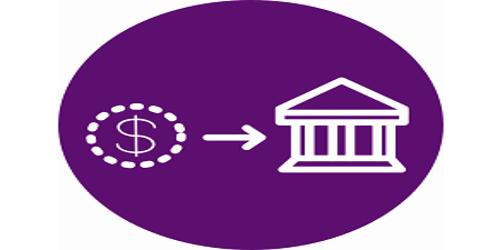A government bond, also known as a sovereign bond, is a debt security issued by a national government to finance its budget deficits, infrastructure projects, or other government spending. Government bonds are considered to be one of the safest forms of investment because they are backed by the full faith and credit of the issuing government, which is typically considered to be a low-risk borrower.
A government bond, also known as a sovereign bond, is a type of bond issued by a government to fund public spending. It typically includes a promise to pay periodic interest, known as coupon payments, as well as repay the face value on the maturity date. For example, if a bondholder invests $20,000 in a 10-year government bond with a 10% annual coupon, the government will pay the bondholder 10% interest each year and repay the $20,000 original face value at maturity (i.e. after 10 years).
It is a type of debt issued by the government. They are available in both foreign and domestic currency. These, like other bonds, promise to pay the buyer a set amount of interest for a set number of years and to repay the face value upon maturity. They also have a credit rating, which essentially speaks of their creditworthiness.
Investors who purchase government bonds receive regular interest payments from the government and the principal amount of the bond upon maturity. The interest rate on government bonds is generally lower than that of other types of debt securities because they are considered to be less risky. Government bonds can be purchased directly from the government or through a broker. They are often used by investors as a way to diversify their portfolios and to provide a stable source of income.
Real Life Explanation
Government bonds can be issued in either a foreign currency or the government’s own currency. Countries with less stable economies are more likely to denominate their bonds in the currency of a more stable economy (i.e. a hard currency). When governments with less stable economies issue bonds, there is a risk that the bonds will not be repaid, resulting in a default. All bonds are subject to default risk. Each country’s bonds are rated by international credit rating agencies. Bondholders expect higher yields from riskier bonds.
On May 24, 2016, for example, 10-year government bonds issued by the Canadian government yielded 1.34%, while 10-year government bonds issued by the Brazilian government yielded 12.84%. Governments close to a default are sometimes referred to as being in a sovereign debt crisis.
















